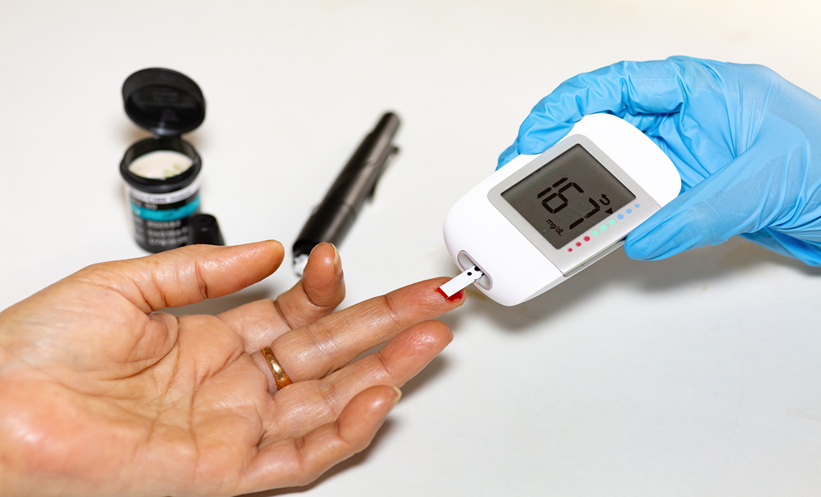MONITORING glucose with second-generation Flash technology is better for people with Type 1 diabetes (T1D) than a finger-prick test, according to a clinical trial run by Lalantha Leelarathna, University of Manchester, UK, and colleagues.
Funded by Diabetes UK, the researchers found 156 individuals living with T1D from across the UK with blood sugar levels that were above the target range. The trial lasted for 24 weeks, and half of the patients checked their blood sugar with a Flash device (FreeStyle Libre 2 [Abbott Laboratories, Maidenhead, UK]), while the other continued with their usual finger-prick test.
Flash devices allow individuals with T1D to check their blood sugar levels by holding their smartphone or another reader over a sensor. This allows them to see their blood sugar levels minute by minute, and will also alert the users when their levels are too low or high.
At the beginning of the trial, the groups had similar HbA1c levels; however, at the end of the study, patients using Flash managed to reduce their average HbA1c levels by 8.9 mmol/mol (0.8%), from 71.6 mmol/mol to 62.7 mmol/mol, while HbA1c levels were only reduced by 2.2 mmol/mol (0.2%) in those doing the finger-prick test. Those using Flash also spent an extra 120 minutes per day in the Hb1Ac target range, which is between 3.9 and 10.0 mmol/L, and 43 minutes less per day with dangerously low levels, which are below 3.9 mmol/L.
Flash technology also reduced the emotional strain and day-to-day burden of living with T1D, with participants from the Flash group saying that they were happier with their treatment.
These findings show that Flash technology should be given as standard in diabetes management, instead of being a luxury. More than half of those with T1D in England have been prescribed a Flash device through the National Health Service (NHS), while the National Institute of Health and Care Excellence (NICE) have recommended a Flash device for individuals with T1D, and even some patients with Type 2 diabetes if they require two or more injections of insulin a day.
Leelarathna noted that the ability to monitor glucose finger-prick tests is life-changing for people living with T1D. She concluded by saying that this technology should be universally funded, and the cost-effectiveness of this technology is being studied.







